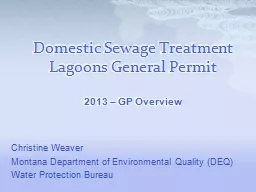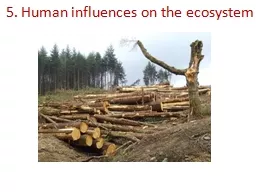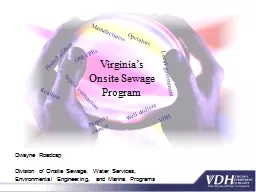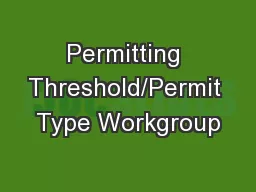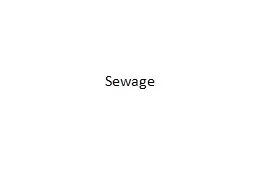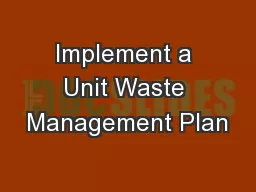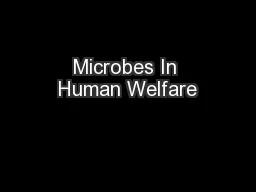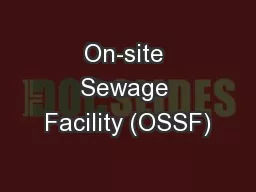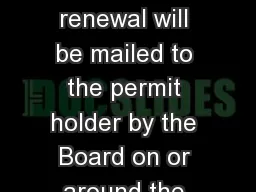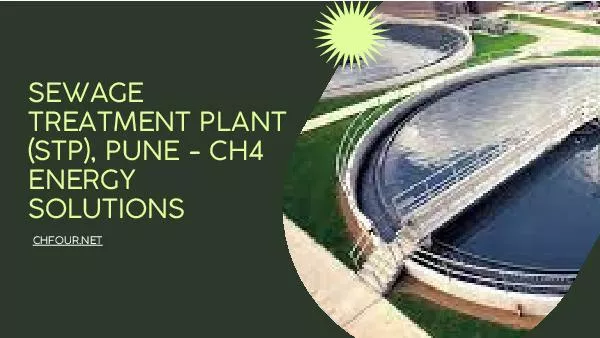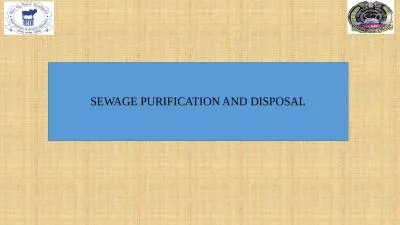PPT-Domestic Sewage Treatment Lagoons General Permit
Author : faustina-dinatale | Published Date : 2018-10-20
2013 GP Overview Christine Weaver Montana Department of Environmental Quality DEQ Water Protection Bureau Domestic Sewage Treatment Lagoons General Permit GP Unlawful
Presentation Embed Code
Download Presentation
Download Presentation The PPT/PDF document "Domestic Sewage Treatment Lagoons Genera..." is the property of its rightful owner. Permission is granted to download and print the materials on this website for personal, non-commercial use only, and to display it on your personal computer provided you do not modify the materials and that you retain all copyright notices contained in the materials. By downloading content from our website, you accept the terms of this agreement.
Domestic Sewage Treatment Lagoons General Permit: Transcript
Download Rules Of Document
"Domestic Sewage Treatment Lagoons General Permit"The content belongs to its owner. You may download and print it for personal use, without modification, and keep all copyright notices. By downloading, you agree to these terms.
Related Documents

